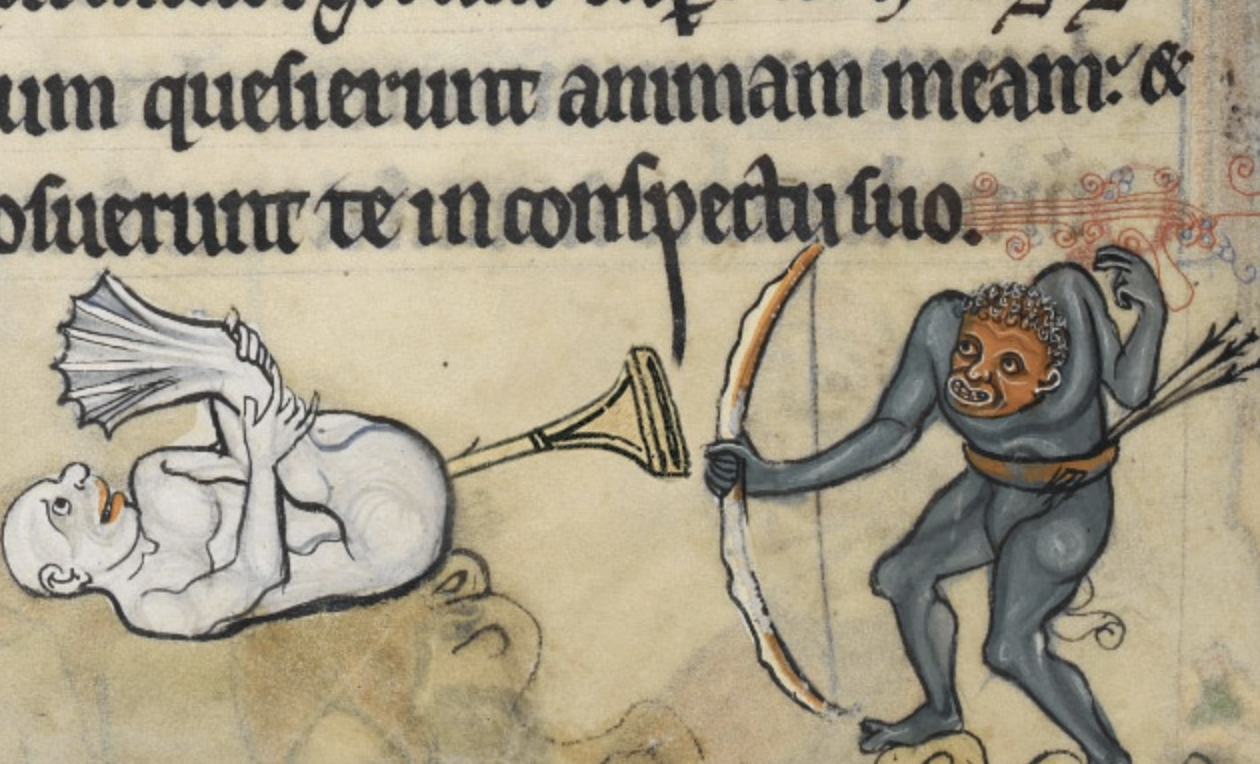
Two more mice have escaped peril by perching on the cats' backs. In one image, two mice nibble at the Eucharist under the watchful gaze of a pair of cats. Yet more cats decorate the Book Of Kells, another fine example of Celtic calligraphy, which was written around 800. According to Michelle Brown, curator of illuminated manuscripts at the British Library (where the Gospels are on exhibition), the cat represents "the ever present threat of evil waiting to pounce on the unwary". There is a touch of humour in the illustration, as well as an allegorical warning to the faithful.


CATS AS SCRIBES IN MEDIEVAL MANUSCRIPTS FULL
A chain of birds walk blithely towards the cat, whose belly is already full of their hapless friends. On the initial page of St Luke's Gospel, an elongated cat stretches along the right-hand margin. The Lindisfarne Gospels was created around the year 715 in the island monastery of Lindisfarne. Monastery cats even made a contribution to one of the world's most exquisite illuminated manuscripts. No doubt the companionship was also a welcome intrusion into a life of isolation and austerity. Opportunist strays were adopted by monks who appreciated the pest control and waste disposal services they offered.

Back in the Dark Ages, a cat could do a lot worse than make a home in a monastery, with its warm kitchens and quiet, cool corners. Cats are suited to a monastic life they spend hours in silent contemplation and have little interest in worldly goods.


 0 kommentar(er)
0 kommentar(er)
